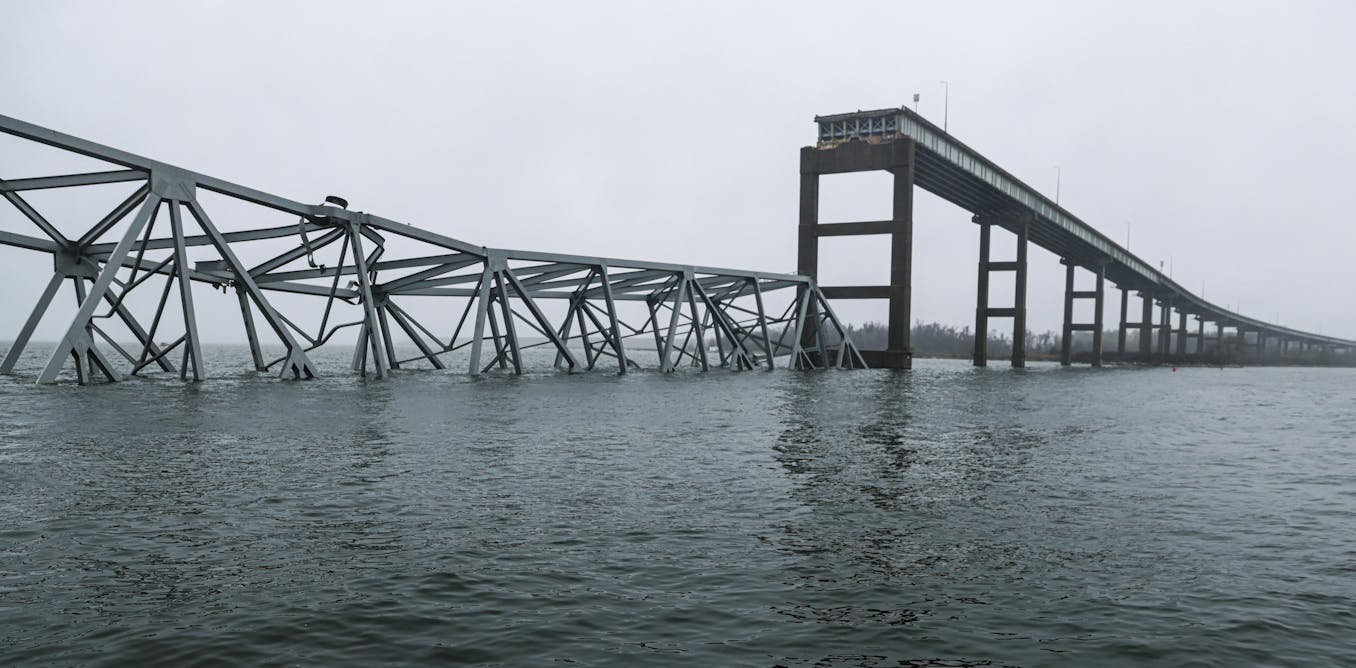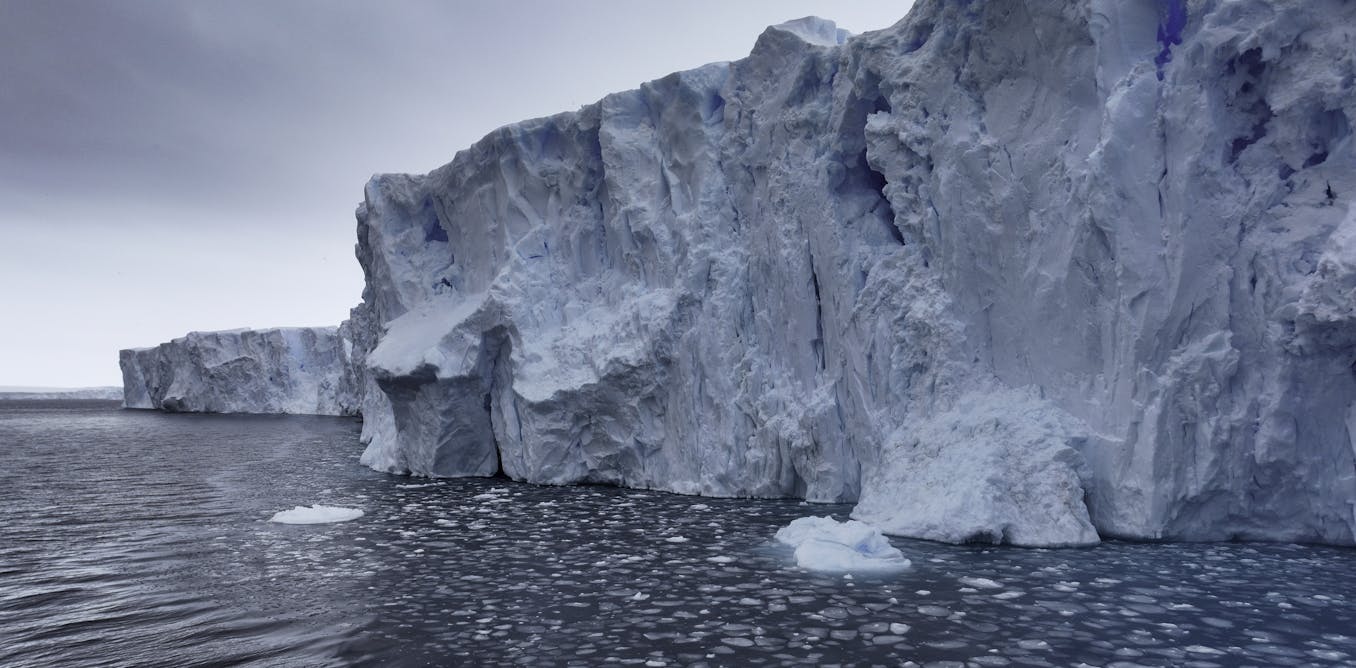A group of international researchers have developed a way to use sound to generate different types of wave patterns on the surface of water and use those patterns to precisely control and steer floating objects. Though still in the early stages of developing this technique, the scientists say further research could lead to generating wave patterns to help corral and clean up oil spills and other pollutants. Further out, at the micrometer scale, light waves based on the research could be used to manipulate cells for biological applications; and by scaling up the research to generate water waves hundreds of times larger using mechanical means, optimally designed water wave patterns might be used to generate electricity.
The team conducted laboratory experiments where they generated topological wave structures such as vortices, where the water swirls around a center point; Möbius strips that cause the water to twist and loop around in a circle; and skyrmions, where the waves twist and turn in 3D space.
“We were able to use these patterns to control the movement of objects as small as a grain of rice to as large as a ping-pong ball, which has never been done before,” says Yijie Shen, an assistant professor at Nanyang Technology University in Singapore who co-led the research. “Some patterns can act like invisible tweezers to hold an object in place on the water, while other patterns caused the objects to move along circular or spiral paths.”
Commenting on the findings, Usama Kadri, a reader in applied and computational mathematics at Cardiff University in Wales, noted that, “The research is conceptually innovative and represents a significant development in using sound to generate water waves.”Kadri, who is researching the effects of acoustic-gravity waves (sound waves influenced by gravity and buoyancy) added, “The findings can be a bridge between disciplines such as fluid dynamics, wave physics, and topological field theory, and open up a new way for remote manipulation and trapping of particles of different sizes.”
3D-Printed Structures for Wave Generation
The lab set-up consisted of carefully designed 3D-printed plastic structures based on computer simulations, including a hexagonal structure and a ring-shaped structure, and each is partially submerged in a tank of water. Rubber tubing from individual off-the-shelf speakers is attached to precisely sited nozzles protruding from the tops of the structures and are used to deliver a continuous low frequency 6.8 hertz sound to the hexagonal device, or a 9 hertz sound to the ring device. The sounds cause the surface of the water to oscillate and create desired wave patterns. A particular sound’s amplitude, phase, and frequency can be adjusted using a laptop computer, so that when the waves meet and combine in the tank, they create the complex patterns that have previously been worked out using computer simulations. The findings were published in February in Nature.
The wave patterns…
Read full article: Scientists Shape Water Waves with Sound

The post “Scientists Shape Water Waves with Sound” by John Boyd was published on 04/03/2025 by spectrum.ieee.org


































Leave a Reply